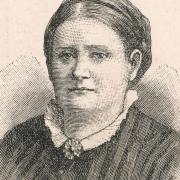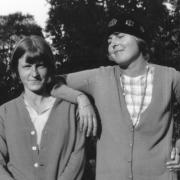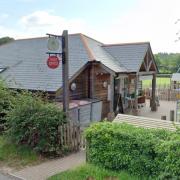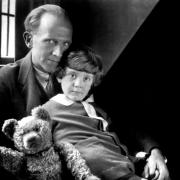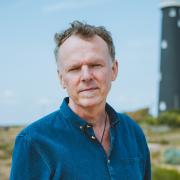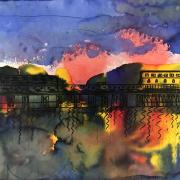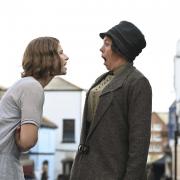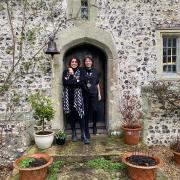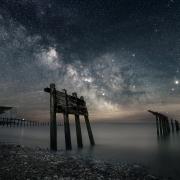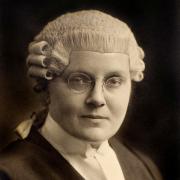A new biographical exhibition of the author celebrates her extraordinary life and talent
When guest curator Frances Spalding began to collate this first exhibition on the life and work of Virginia Woolf, the modernist and feminist icon that lived and died in East Sussex, she knew she was working in a crowded field. So enshrined is Woolf in public consciousness that even neophytes to her work feel they know her. Visitors to the National Trust property Monk’s House can still see her bedroom and the writing room she created at the end of the garden, where many of her most famous works were penned.
The exhibition, Virginia Woolf: Art, Life and Vision, brings together several strands of the author’s life, starting from a privileged childhood, populated by great men (Henry James, Edward Burne-Jones) and great women (Julia Cameron, the photographer of prominent Victorians). The exhibition’s crowd of Cameron’s portraits emphasises this long shadow. Her early years, however, already had the thumbprints of tragedy. Both her parents were widowed by the time they met and Virginia had a difficult relationship with her father in the last years of his life, even going so far as to say that had he lived, her creativity would have been stifled. She also mourned the early death of her brother Thoby. But there were good times too, including long sojourns with the whole family at Talland House in St Ives.
From there the exhibition takes on various themes relative to Woolf’s life and art, including the symbiotic relationship between modernist literature and art. Vanessa Bell’s painting, Three Women inspired a revery on “the extreme brilliancy and flow and wit and ardour of these works”. She wonders “if I could write Three Women in prose?” Other exhibited works include those of Roger Fry, who she admired, and Clive Bell. This section is, in a way, the crux of the exhibition – the Bloomsbury Group were the very essence of what we know as the “chattering classes” – their debates on the nature and relationships of art made them what they were. The complicated dialogue between the intellectual and artistic image is highlighted by the photographs of the novelist by Maurice Beck and Helen Macgregor for Vogue. Here she began to explore what she called “frock-consciousness”, under the influence of Vita Sackville-West and others. It’s a more frivolous side to the writer that I, at least, hadn’t seen before.
Perhaps of most interest to Sussex scholars are the closing exhibits of the show, which relate most closely to the time she spent here. There are grim mementoes of her last moments, including suicide letters written to her husband and sister that are almost unbearable to read, and her walking stick – when Leonard Woolf found this, he knew that she was dead. She is buried under an elm tree at Monk’s House.
Letters and notes express how the mental malaise under which she had long laboured was exacerbated by the onset of war and the death in the Spanish Civil War of her nephew, Julian Bell. She, who once said that “Thinking is my fighting,” had lost the battle.
Victoria Woolf: Art, Life and Vision runs until 26 October at the National Portrait Gallery, St Martin’s Place, London. Tickets are £7, concessions £6.
www.npg.org.uk--------------------------------------------------
Read on
Author Virginia Woolf and life at her country retreat in Rodmell




